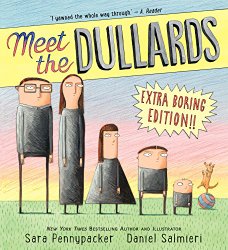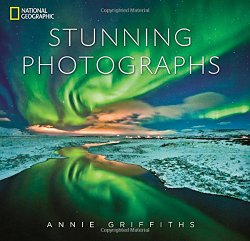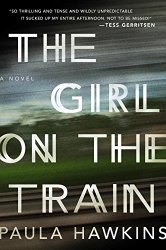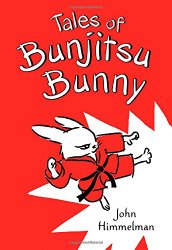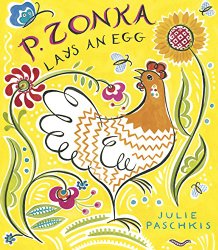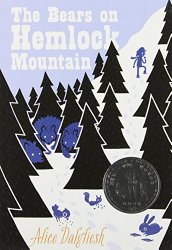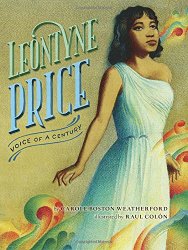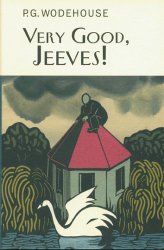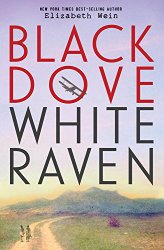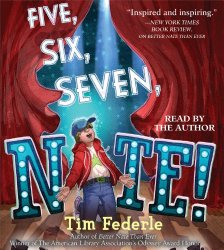Review of Meet the Dullards, by Sara Pennypacker and Daniel Salmieri
by Sara Pennypacker
illustrated by Daniel Salmieri
Balzer + Bray, 2015. 32 pages.
Starred Review
This book is too silly. It’s wonderful the way the jokes aren’t spelled out, and most of the work is done by the illustrations. There’s so much to see and delight in here.
For example, the book begins with one sentence on the first double-page spread:
One day, Mr. and Mrs. Dullard received quite a nasty surprise.
You have to figure out from the pictures what the surprise is: The three children are reading three books, The Nicest Way to Befriend a Lion, Becoming One with the Tightrope, and an open book with the visible Chapter 4 title, “Avoid Distractions” along with pictures of jugglers. In a brilliant detail, only the title of that confiscated book is visible after the page turn: How to Juggle for the Circus.
The text after the page turn explains the problem:
The Dullards collected the books and handed their children some nice blank paper to read instead. Then they left the room to discuss the problem in private.
This was not the first time their children had given them a shock. Last week, they had asked to go to school. And just the day before, Mr. Dullard had caught them trying to play outside.
The Dullard parents decide their home is simply too exciting. After all, there’s an upsetting commotion in the driveway of a snail going across the pavement.
So the parents go in search of the perfectly dull, while the children, Blanda, Borely, and Little Dud, continue to attempt to outwit them.
My favorite page is the wordless spread where Mrs. Dullard falls into a faint as Mr. Dullard expresses horror at a room in their new home with yellow walls and flowers on the walls.
That’s the idea. The Dullards then go to find a suitably boring shade to paint the walls, and then have the mesmerizing chance to watch the paint dry. Meanwhile, we watch the children looking for the chance to break out.
This book is perfect for any children who’ve ever thought their own parents don’t want them to have any fun.
You don’t know boring until you’ve met the Dullards.
sarapennypacker.com
danielsalmieri.com
harpercollinschildrens.com
Find this review on Sonderbooks at: www.sonderbooks.com/Picture_Books/meet_the_dullards.html
Disclosure: I am an Amazon Affiliate, and will earn a small percentage if you order a book on Amazon after clicking through from my site.
Source: This review is based on a library book from Fairfax County Public Library.
Disclaimer: I am a professional librarian, but I maintain my website and blogs on my own time. The views expressed are solely my own, and in no way represent the official views of my employer or of any committee or group of which I am part.
What did you think of this book?
